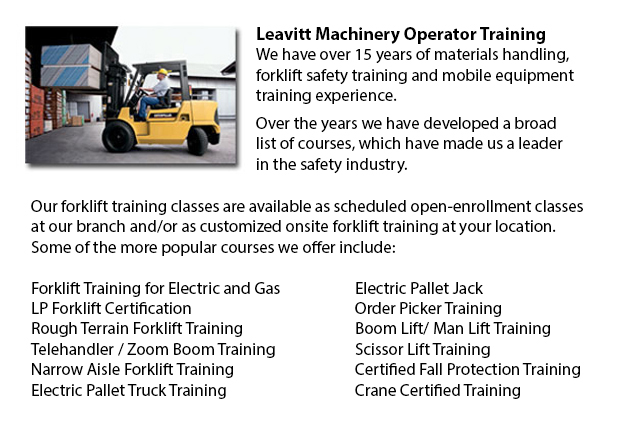
Aerial lifts can accommodate numerous duties involving high and hard reaching spaces. Often used to carry out routine repair in buildings with elevated ceilings, prune tree branches, raise burdensome shelving units or fix telephone cables. A ladder could also be utilized for many of the aforementioned projects, although aerial platform lifts offer more safety and strength when correctly used.
There are several distinctive types of aerial forklifts accessible, each being able to perform moderately unique tasks. Painters will sometimes use a scissor lift platform, which can be utilized to get in touch with the 2nd story of buildings. The scissor aerial jacks use criss-cross braces to stretch out and extend upwards. There is a table attached to the top of the braces that rises simultaneously as the criss-cross braces elevate.
Cherry pickers and bucket lift trucks are a further type of the aerial lift. Typically, they contain a bucket at the end of an extended arm and as the arm unfolds, the attached bucket lift rises. Lift trucks utilize a pronged arm that rises upwards as the lever is moved. Boom lifts have a hydraulic arm which extends outward and hoists the platform. All of these aerial lift trucks require special training to operate.
Through the Occupational Safety & Health Association, also called OSHA, instruction courses are offered to help ensure the employees meet occupational standards for safety, machine operation, inspection and maintenance and machine load capacities. Employees receive qualifications upon completion of the lessons and only OSHA licensed employees should run aerial lift trucks. The Occupational Safety & Health Organization has established rules to uphold safety and prevent injury when utilizing aerial hoists. Common sense rules such as not utilizing this apparatus to give rides and making sure all tires on aerial hoists are braced so as to hinder machine tipping are observed within the guidelines.
Unfortunately, figures show that more than 20 operators pass away each year when operating aerial lift trucks and 8% of those are commercial painters. Most of these incidents are due to improper tire bracing and the hoist falling over; therefore many of these deaths were preventable. Operators should ensure that all wheels are locked and braces as a critical security precaution to prevent the machine from toppling over.
Additional rules involve marking the encircling area of the device in a visible manner to protect passers-by and to guarantee they do not come too close to the operating machine. It is vital to ensure that there are also 10 feet of clearance amid any power cables and the aerial lift. Operators of this apparatus are also highly recommended to always wear the appropriate safety harness while up in the air.
-
Crown Forklift
More -
Rough Terrain Forklifts
There are in point of fact two classifications of forklifts within the manufacturing business, the rough terrain model and the industrial version. Rough terrain forklifts appeared in the 1940â??s designed primarily for use on rough roads, ideal for l... More -
Scissor Lifts
The scissor lift or platform lift, is an automated industrial lift that has been customized to be used in retail, wholesale, manufacturing and production settings. Industrial scissor lifts have been used primarily within production and manufacturing... More -
Reach Trucks
Reach Trucks are industrialized equipment utilized for loading and storage in some organizations that maintain storage of supplies to finished merchandise on a pallet which are then placed into lofty shelving units. This loading apparatus helps busin... More -
Clark Forklift
Presently, there are over 350,000 Clark lift trucks performing globally, and more than 250,000 operating in North America alone. With five major lines across the globe, Clark is proud to be one of the most expansive companies in the industry. Heavy d... More

Forklift Training Glendale
TOLL FREE: 1-888-254-6157
Glendale, Arizona
forkliftcertificationglendale.com
Email Us
About Us


